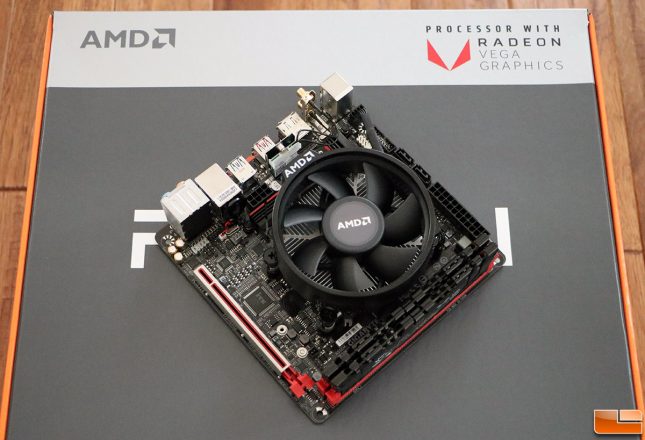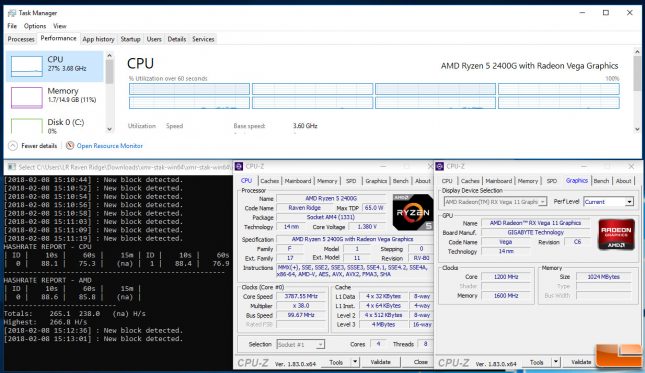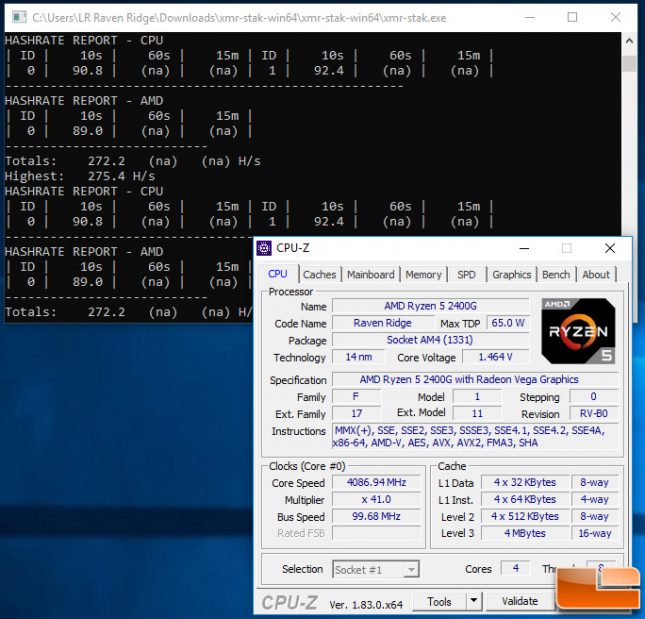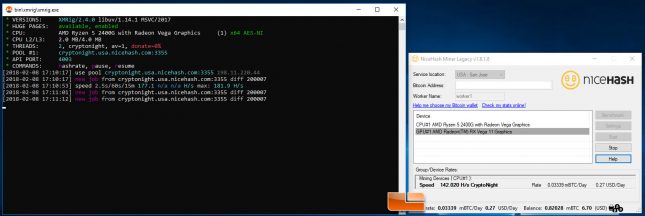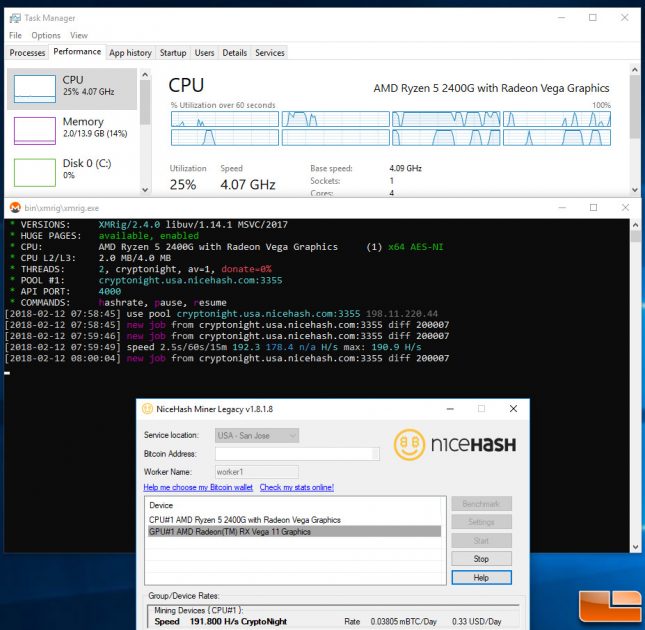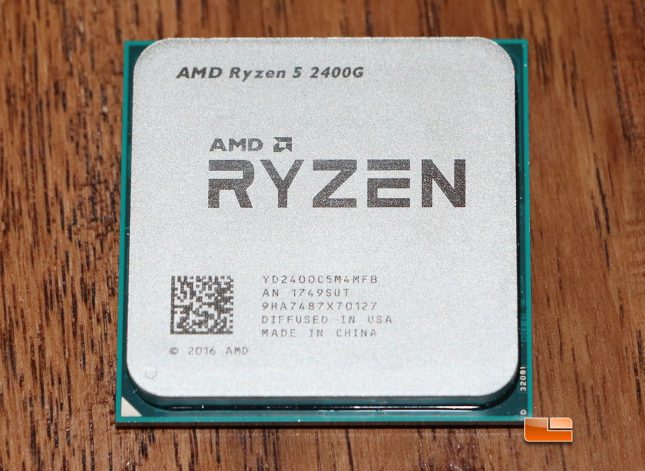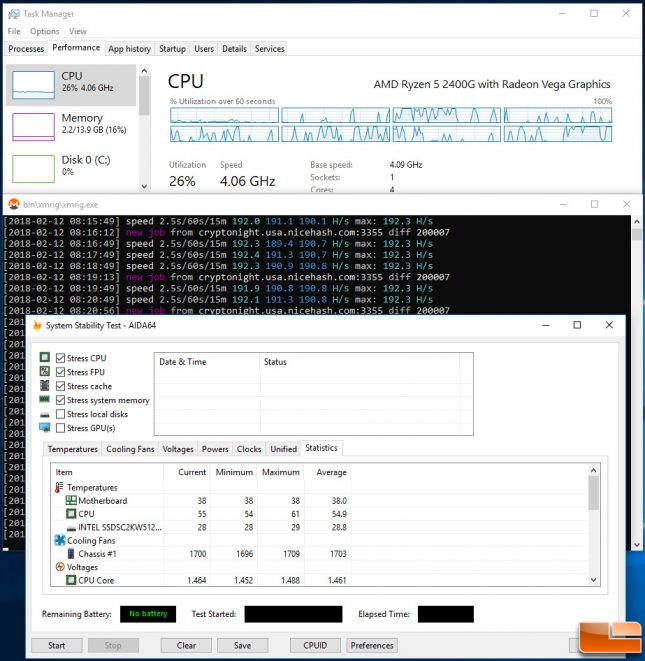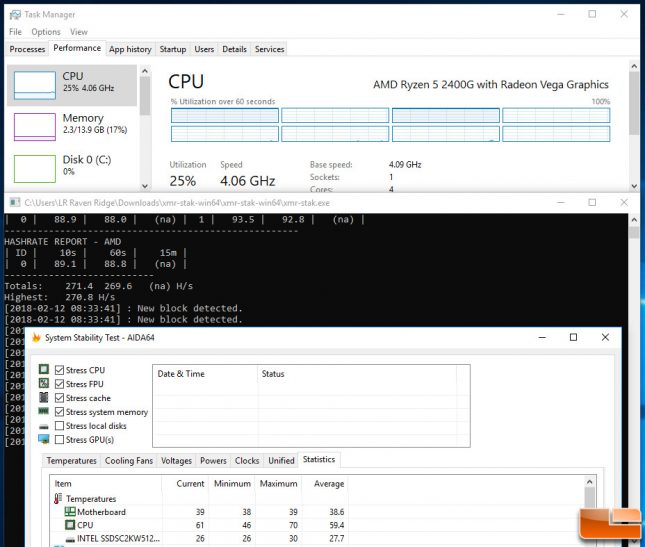AMD Ryzen 5 2400G Mining Performance with NiceHash and XMR-STAK
The AMD Ryzen Processor with Radeon Vega graphics (codename ‘Raven Ridge’) came out today and hopes to change the desktop PC market by paring quad-core processors with up to 8-threads and strong Vega GPUs that have up to 11 compute units and clock speeds of up to 1250 MHz. The flagship AMD Ryzen 5 2400G processor can be picked up for $169 and is said to have the same graphics performance as a $75 discrete graphics card. What would a $75 graphics card be? Think something along the lines of an NVIDIA GeForce GT 1030 2GB GDDR5 graphics card.
Today we are going to knock one question out about the new Raven Ridge processor and that would be how does this platform mine? Cryptocurrency is huge right now and many are hoping that the new AMD Ryzen 5 2400G ($169.00 shipped) and Ryzen 3 2200G ($99.00 shipped) will hit it out of the park for mining.
We fired up XMR-STAK-WIN64 on the AMD Ryzen 5 2400G processor and discovered with stock clock speeds the best that we were able to pull off was around 265 H/s. That is the combined total for both the CPU and GPU. We should also mention that was the hashrate we got after tweaking the intensity, environmental variables and virtual memory size. We also went into the UEFI and adjusted the UMA size for the graphics to 2GB rather than the default setting of 1MB. The 4MB of L3 Cache on the AMD limits the number of threads that can be mined on down to two for CryptoNight algorithms.
Overclocking the AMD Ryzen 5 2400G CPU clock up to 4100MHz from 3800MHz helped boost performance up to just over 270 H/s. We tried overclocking the Vega 11 GPU from 1250 MHz to 1450 MHz, but the overclock in the UEFI wasn’t properly setting.
We couldn’t get NiceHash Legacy Miner v1.8.1.8 to run on the CPU and GPU simultaneously, but we were getting close to 180 H/s from the CPU alone with stock clock speeds. We were getting around 88 per thread on XMR-STAK-WIN64, so basically the same results as before.
With the AMD Ryzen 5 2400G processor overclocked to 4.1 GHz on the CPU we were able to improve that number to just over 190 H/s.
One thing we noticed is that the hashrate would drop significantly over time and we had trouble hold these ‘high’ results when the miner was left running for hours on end. Most will want to mine 24/7, so seeing your hashrate drop to the 120-150 H/s range (example from CPU only mining) is never a good thing. We were using the stock AMD Wraith Stealth CPU cooler that comes with the processor and it seems to be doing okay.
CPU only mining with the 2400G overclocked to 4.1 GHz had the temps averaging 55C and hitting at most 61C.
Mining on both the Ryzen 5 2400G CPU and GPU increased the temperature up to 59C on average with the maximum temperature being 70C. It doesn’t look like changing the CPU cooler will improve performance too much as we aren’t throttling and the clocks are holding. And for those that want to know how many Watts the AMD Ryzen 5 2400G is using… We are sitting at 18.5 Watts with the system at idle and we are mining at 68.3 Watts! With 68 Watts power draw and a hashrate of 270 H/s we are looking at making $0.45 per day in revenue on Nicehash-CryptoNight. The profit after electric expenses for 24/7 mining would be roughly $0.32 per day or around $116 a year at current prices and difficulties.
If you were looking for 500 H/s or better from this $169 processor like some were, it doesn’t look like that will be possible. That might be good a good thing for system builders and the DIY community though as the price on these chips won’t be going through the roof and should be available to purchase. Our full review on the AMD Ryzen 5 2400G and Ryzen 3 2200G will be posted up later this week!
Check out our Raven Ridge platform unboxing coverage here!

